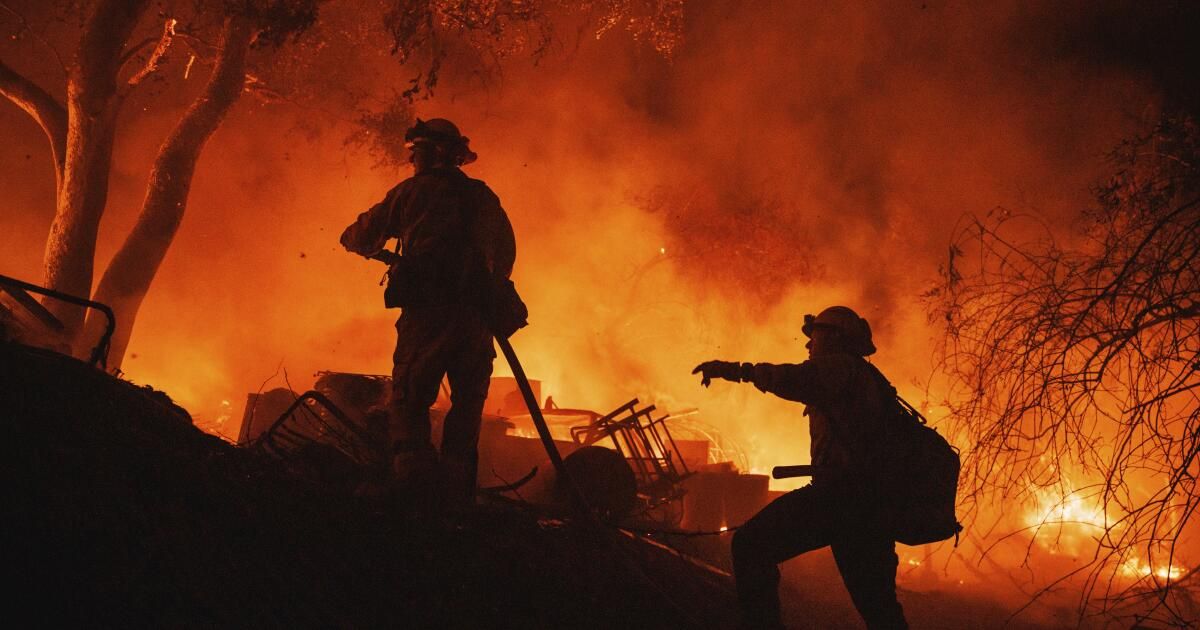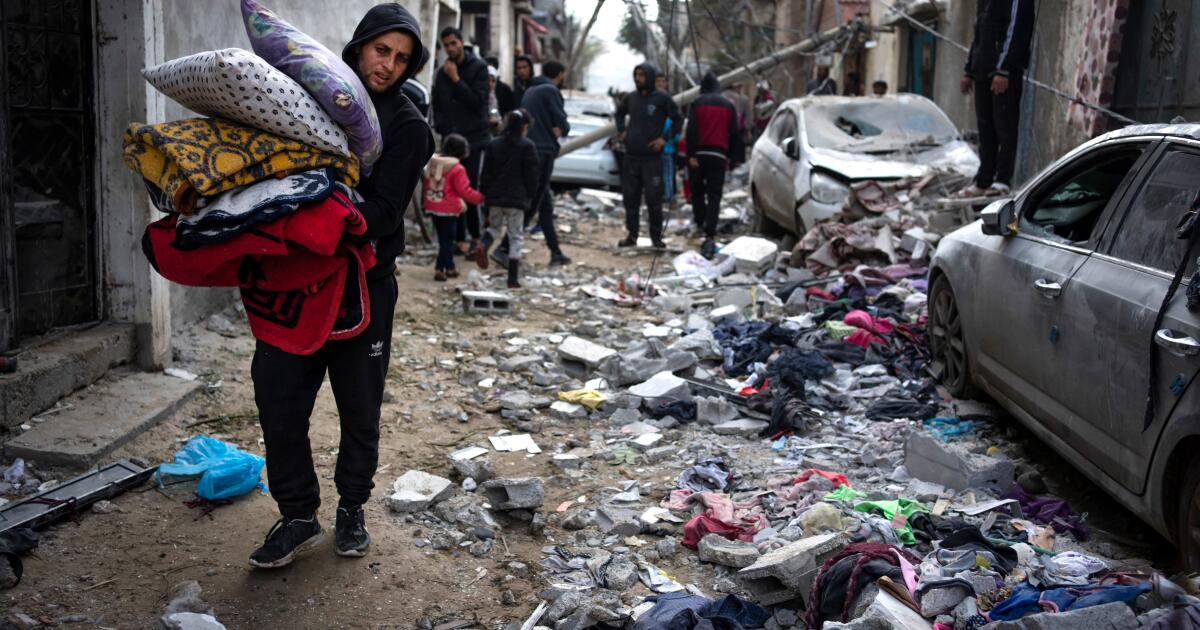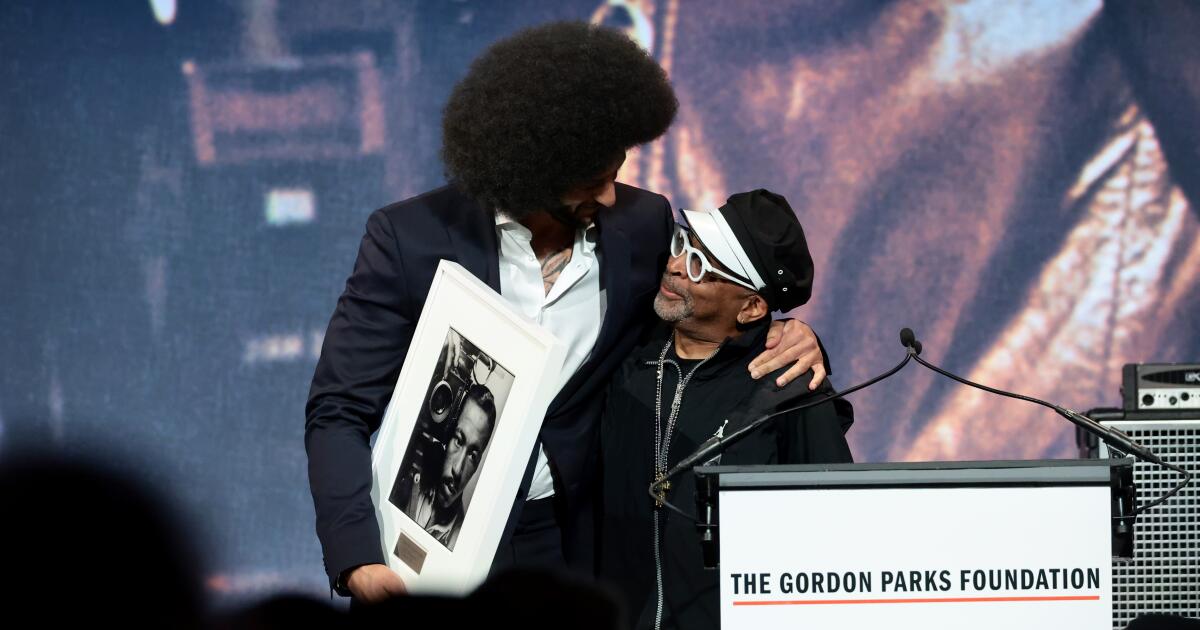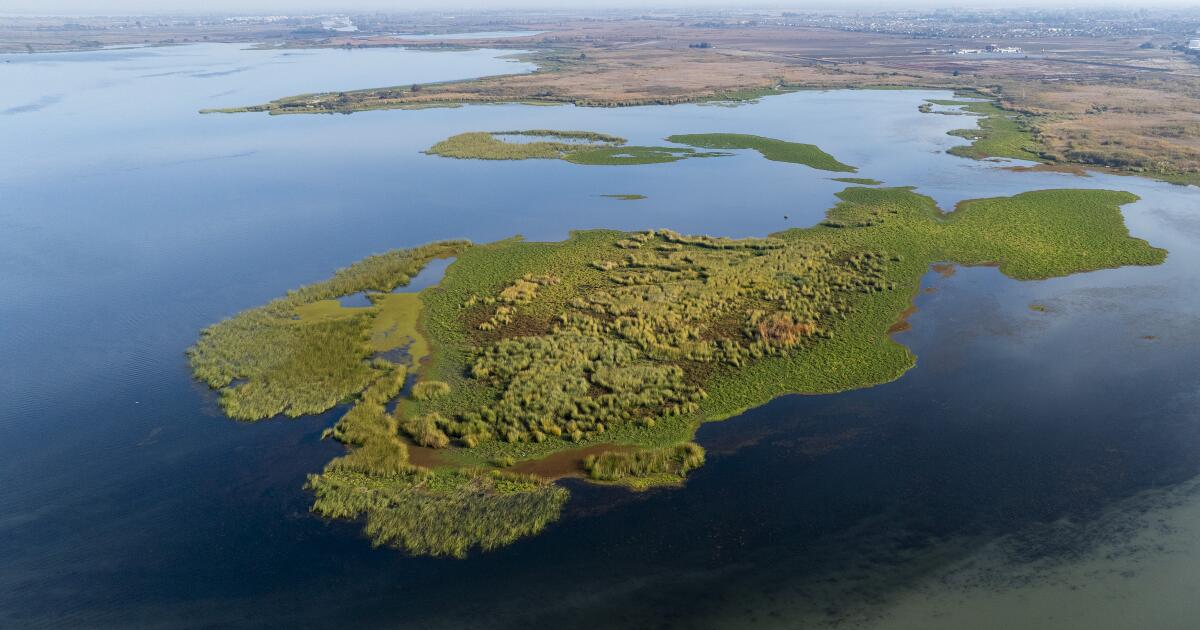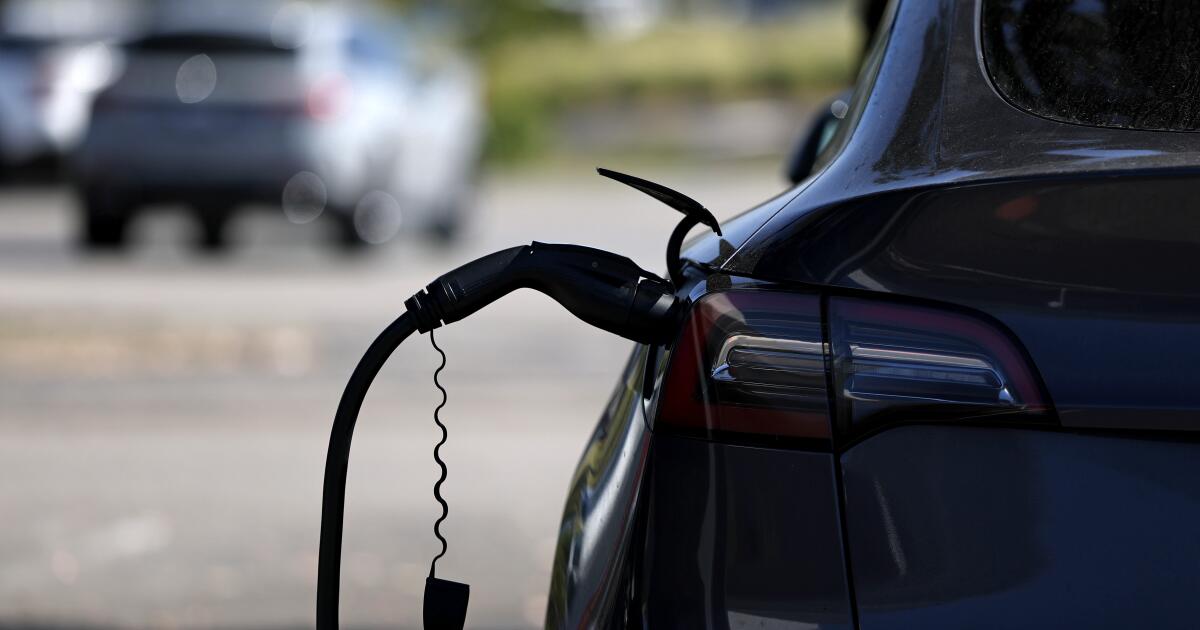In December, with rain forecast in California, I performed the annual ritual of removing my travel bag from its spot in the living room and putting it in a closet.
From spring to early winter, the bag, filled with emergency supplies, sits right inside my front door, ready to use in the event of a wildfire evacuation. As I put it away, I felt a wave of relief. I stepped out into the clean forest air and looked at the evergreen trees surrounding my small house, allowing myself to admire the beauty of the landscape without fear. Fire season was finally over.
In places with high risk of wildfires, the closure of fire season provides some peace of mind for people like me who live with constant anxiety during times of extreme weather. Every winter, firefighters and regional officials begin the annual ritual of declaring a end of season. But in reality, “fire season” is more of an abbreviation than a technical term with a specific definition. In Northern California, where I live, the term generally refers to the extended rainless period between May and November, when fuels are dry, humidity is low, and strong winds drive the spread of fires.
The concept of fire as a season that can be predicted or a phase that will pass is outdated. In the current era of extreme weather conditions caused by climate change, dangerous fire conditions It can occur during any season. José Luis Duce Aragüés, a Spanish prescribed fire training specialist who has burned with rural communities around the world, likes to say that the only thing people know for sure about fire is that “we don't know.”
Like climate change accelerate and the the balloon overheats, the seasons themselves change. A winter wildfire burned in Big Sur in January 2022. Fire and climate professionals now recognize that “fire season” is no longer accurate. The term most commonly used by Cal Fire is “fire year.”
During the fire year of 2023, the region where I live did not experience any large-scale fires. But severe fires burned in humid environments historically unaccustomed to wildfires, such as Louisiana and Hawaii. And, while in the northern hemisphere we declare the fire season over, the Australian authorities are issuing climate warnings of catastrophic fires and forest fires caused by drought are burning in the Amazon.
The phrase that might best describe my wildfire experience is one that is becoming common in ecological and emergency management circles: living with fire. Beyond its literal meaning, the perspective of living with fire requires a deeper recognition that wildfires are an essential component of the earth's cycles, an ever-present element necessary for life.
Our ecologies here in the American West are adapted to fire. The damaging wildfires we have experienced in California over the past decade are the result of extreme weather conditions fueled by climate change, combined with human development in wild areas and 150 years of aggressive fire exclusion policies. These standards emerged alongside the genocide of the indigenous peoples who lived here in the 19th century, which pushed the rigorous and well-tested ecological knowledge of those communities underground, including the regular use of intentional fire as a territory management tool.
The crucial role of fire in life on Earth is something that indigenous and terrestrial peoples around the world have understood since time immemorial. Wildfire prevention is an important aspect of a good fire, but it is not the only one. Stoney Timmons, a Robinson Rancheria Pomo citizen and team leader for the Tribal land management organization EcoRestoration Alliance, says wildfire mitigation is a “side effect” of Indigenous cultural burning. Anthropogenic fire can maintain a healthy ecosystem and regenerate important cultural and survival resources for all who live there. “We are here burning for other plants and life forms, not just to reduce fuel,” he told me.
The end of fire season requires a change of perspective and vocabulary. The relief I feel when I move my bag away from the front door is a false sense of security, what nature writer Barry Lopez called an “unwarranted hope” in the face of the very real and fast-moving climate crisis.
At its best, the current prospect of living with fire is an opportunity for everyone at risk of the effects of climate change (that is, everyone) to change the way we think about elements of the natural world, moving from fear and exploitation to respect and responsibility. López called this change an expression of love. Another word for this could be relationship.
Relationships can be challenging and painful. They can contain complex power dynamics. Like a forest of ash-covered redwoods, they can fill you with despair. They can also be the most beautiful part of being alive, any time of year.
Manjula Martin is a writer and editor. Her book, “The last fire season”, will be published on January 16.

